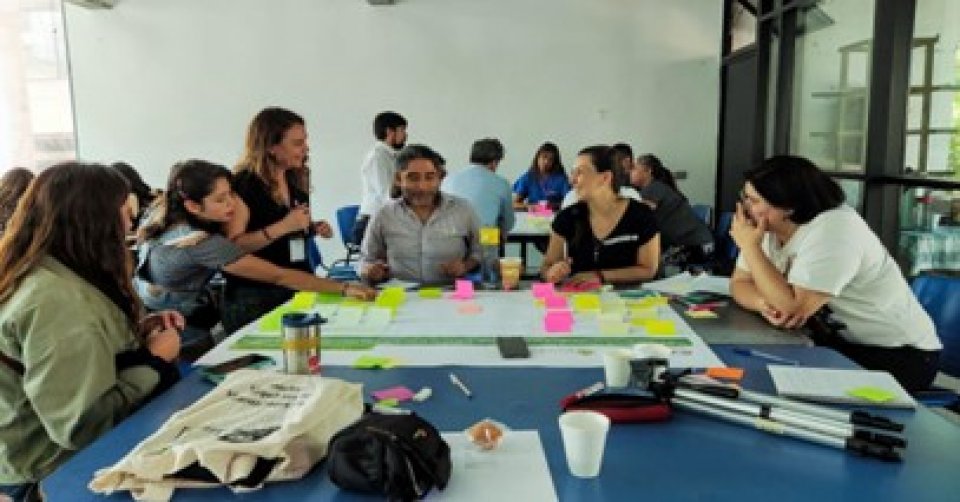
With a population of over 8 million inhabitants, Santiago is the most densely populated metropolitan region of Chile, representing the political and administrative centre of the country. Comprised by 35 municipalities, Santiago is characterised by high socioeconomic and spatial segregation and environmental injustices, with only a small portion of the population having access to quality services, infrastructure, and public green. Because of its topography, being situated in a valley flanked by the Andean mountains and horned in by uncontrolled urban expansion, the area is prone to natural hazards like landslides, flooding, and seismic activities, which are further exacerbated by climate change and disproportionally affect the poorer, already vulnerable segments of society. The city is also affected by high levels of air pollution which endanger both human and ecosystem health.
The presence of 36 administratively and financially autonomous municipalities hampers the ability to articulate sustainable urban development cohesively. Nevertheless, in recent years, regional and local authorities have recognised the need for a sustainable urban development plan that can address both socio-environmental injustices and environmental degradation, with particular emphasis on the need for an integrated and citizen-owned green infrastructure system.
Within the CONEXUS project, Santiago’s Life-Lab, Laboratorio BioUrbano, is an inter-sectoral partnership between academics, public institutions, private actors, and civil society. With the aim of co-producing urban nature-based solutions (NbS) to address the important challenges faced by the city, it proposes a series of interlinked objectives:
- Improving biodiversity, water and soil health, especially in relation to the design of green space, e.g. ensuring the presence and diversity of native plant species, or water management;
- More equitable distribution and access to green spaces to reverse social segregation and environmental injustices;
- Mitigation of heat islands using NbS to decrease urban temperatures;
- Providing opportunities for environmental education and sensibilisation, and by doing so, improving behaviour towards natural and semi-natural green spaces.
These objectives strongly reflect the multidimensional nature of NbS and are delivered through the establishment of learning communities, scientific innovation, strategic transdisciplinary alliances, and real-life experimentation which materialise five NbS pilot projects.
Pilot 1 - Santiago+ Green Infrastructure Plan
The Santiago+ Green Infrastructure Plan (Stgo+ Plan) Pilot was initiated in 2018 by the University of Chile and the Regional Ministerial Secretary for Housing and Urbanism (SEREMI), through a broad participatory process (See: Santiago Green Infrastructure Plan case study). By providing an umbrella structure for uncoordinated urban greening initiatives of different types and scales, the pilot strives to develop a strategic and cohesive vision for green infrastructure in Santiago. Based on a participatory and multilevel governance approach, it articulates both private and public ideas for transforming Santiago into a greener, more integrated, equitable, and climate-resilient city.
The Stgo+ Plan unrolls a total of 10 strategies and 37 actions to be implemented at different spatial scales. At the macro-scale, the pilot entailed a collaborative mapping of current and potential new green spaces and their relationship with the city. At the meso-scale, the Plan proposes zoning the city in 11 areas defined based on the key green spaces and natural landmarks identified in the macro-scale mapping (i.e. metropolitan parks, the Andean foothills, the Mapocho River, etc.) and other demographic and socio-economic characteristics. At the micro-scale, it focuses on priority zones of interventions such as Pedro Aguirre Cerda and Lo Espejo, the two municipalities with the lowest degree of green space availability per inhabitant, considerably below the 10 m²/inhabitant required by national standards (CNDU, 2018). A total space of 68.03 ha was identified for the integration of a connected green infrastructure system via NbS interventions.
Pilot 2- ‘Quiero Mi Barrio Remodelación Panamericana Norte’
The Pilot ‘Quiero Mi Barrio Remodelación Panamericana Norte’ is implemented via the Quiero Mi Barrio programme, an urban regeneration initiative for low-income neighbourhoods led by the Ministry of Housing and Urbanism (Minvu). The pilot is located in the Conchalí Municipality, next to an industrial area marked by lack of green spaces. Selected and co-designed through a collaborative process with residents, NbS interventions aim to improve access to green space, promote community-building, rehabilitate underutilised public spaces, and generate habitat for birds and insects. The Life-Lab, in partnership with the Quiero Mi Barrio team, has carried out environmental education workshops on the topics of NbS, indicator monitoring, and co-design of public spaces, while supporting residents' regenerative activities. It has also developed a prototype for recycling water, which ‘reuses’ water from washing machines for sustainable use and irrigation.
Pilot 3 – Stabilising Public Soil Surfaces
The Pilot ‘solutions for stabilising public soil surface’ is developed by the Regional Government to address high concentrations of pollutants of PM2.5 and PM10. In fact, dust suspension is one of the major contributors to environmental contamination through bare soils and resuspension. Piloted solutions, currently in their design stage, will be evaluated technically, socially, economically, and environmentally. So far, a sidewalk and median street have been selected for restoration.
Pilot 4 – Soil Regeneration - Miyawaki Method
The ‘Miyawaki method’ Pilot involves the design of a fast-growing native forest. It uses high-density planting to regenerate the soil quickly and efficiently, creating a resilient mass of plant species while protecting the soil with an organic mulch layer. This type of intervention requires minimal maintenance after three years. The project was formulated by the Municipality of Independencia and financed by the Government of Santiago Metropolitan Region.
Pilot 5 – (Bio-)Infiltration
A pilot has also been developed to manage rainwater via installations in public squares, tackling challenges related to lower precipitations but more intense rainfall events, which is traditionally done using grey infrastructure. The (Bio-)Infiltration Pilot consists of reducing, treating, and infiltrating rainwater close to the site of precipitation while creating positive externalities for local communities. The project was formulated by the San Joaquin Municipality and financed by the Government of Santiago Metropolitan Region.
- Development of a strategic, integrated, multilevel vision for urban green;
- Spatial integration and improved connectivity of urban green spaces and biodiversity hotspots;
- Rehabilitation of underutilised public spaces and habitat generation for flora and fauna;
- Climate resilience, including the reduction of urban heat island effects, flooding, air pollution, and other climate-related challenges;
- Supporting active citizenship and participatory governance processes;
- Environmental education and sensibilisation;
- Technical evidence of NbS use for stabilising soil surfaces to reduce the concentration of pollutants (PM2.5 and PM10);
- Reducing, treating, and infiltrating rainwater.
- During and in the aftermath of Covid, virtual meetings posed challenges in establishing trust and fostering relationships among Life-Lab participants. An ongoing challenge relates to fostering closer exchange among Life-Lab stakeholders.
- Barriers to the participation of civil society in Life-Lab activities were caused by limited access to digital platforms (as a result of several activities being online), as well as scheduling and time conflicts (i.e. meetings were held during working hours to promote the participation of public institutions). This constrained the Laboratorio’s ability to effectively represent their needs and concerns.
- Partners have made substantial efforts to define the Laboratorio’s space, organise trainings and capacity-building activities, attend internal and external meetings, etc. They managed to overcome challenges to active participation due to, for example, busy schedules.
- Pilots’ implementation was at times hampered by administrative issues and changes in public authorities. Delays arose at different stages in the project, affecting some of the deadlines established in almost all phases until the present day.
- Creating a common language and narrative contributes to effectively communicating NbS initiatives within the Laboratorio and its pilots, as well as, promoting a sense of community and shared identity.
- Horizon 2020 programme
- Environmental Protection Fund – FPA, Ministry of Environment
- National Fund for Regional Development – FNDR, Government of Santiago Metropolitan Region
- Regional Fund for Local Initiatives – FRIL, Government of Santiago Metropolitan Region
Laboratorio BioUrbano:
- Alexis Vásquez, Universidad de Chile, alexvasq@u.uchile.cl
- Elizabeth Galdámez Roco, Universidad de Chile, galdamez.roco@gmail.com
SDGs/NUA data:
- Federica Risi, EUKN, federica.risi@eukn.eu
Further information
- Life-Lab website and/or social media accounts: https://infraestructuraverdesantiago.cl; https://www.instagram.com/laboratorio_biourbano/
- CONEXUS project website
- CONEXUS at European Commission, CORDIS
References
- CONEXUS Deliverable 3.1 Report with action plans for each Life-Lab (internal).
- CONEXUS Deliverable 2.2 Seven detailed EU and CELAC cases on NbS challenges and opportunities addressed: ‘Integration of NbS in local governance contexts and urbanisation trajectories in CONEXUS EU and CELAC cities. Evidence from Barcelona, Buenos, Aires, Bogotá, Lisbon, Santiago, São Paulo and Turin.’
- CONEXUS Deliverable 4.1 Assessment framework, indicators and participatory monitoring process.
- CONEXUS Deliverable 6.1 Report. Data on SDG/NUA impacts/potentials linked with investment propositions uploaded to Oppla.
- Consejo Nacional de Desarrollo Urbano (CNDU) (2018). Propuesta de sistema de indicadores y estándares de desarrollo urbano.
- Santiago Life-Lab CONEXUS Factsheet ‘Towards a green infrastructure system for Santiago de Chile’, March 2023.
- van der Jagt, A.P.N., Buijs, A., Dobbs, C., et al. (2023). An action framework for the participatory assessment of nature-based solutions in cities. Ambio 52, 54–67. https://doi.org/10.1007/s13280-022-01772-6.
- Vásquez, A. and Dobbs, C. (2021). ‘The Santiago Green Infrastructure Plan: towards a green infrastructure system’. CONEXUS Case studies. https://oppla.eu/casestudy/23399.
-
Wild, T., Baptista, M., Wilker, J., et al. (2024). Valuation of urban nature-based solutions in Latin American and European cities. Urban Forestry & Urban Greening, Volume 91, 128162. https://doi.org/10.1016/j.ufug.2023.128162.
NbS impacts at different spatial and governance scales can be grappled with which demonstrate important contributions to global sustainability targets, enshrined in the UN SDGs. Beyond localised contributions to SDG11, via the creation, rehabilitation, and connectivity of public green spaces and green infrastructure, the two pilots crucially support the restoration of healthy, biodiverse urban ecosystems (SDG15) and improved city resilience to climate change (SDG13), while addressing socio-spatial inequality and segregation (SDG10), supporting environmental sensibilisation and education/capacity (SDG4;13), participatory and inclusive governance processes (SDG10;16). Primary goals and their targets are highlighted.
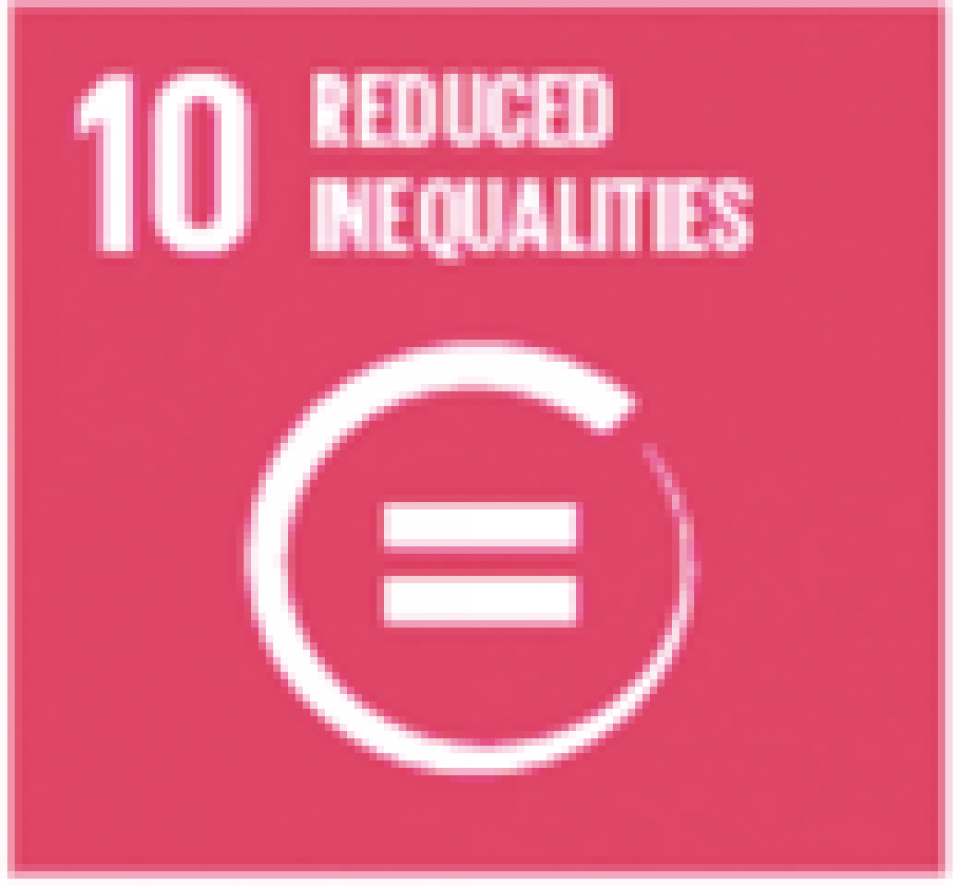
10.2 By 2030, empower and promote the social, economic and political inclusion of all, irrespective of age, sex, disability, race, ethnicity, origin, religion or economic or other status;
10.3 Ensure equal opportunity and reduce inequalities of outcome, including by eliminating discriminatory laws, policies and practices and promoting appropriate legislation, policies and action in this regard.
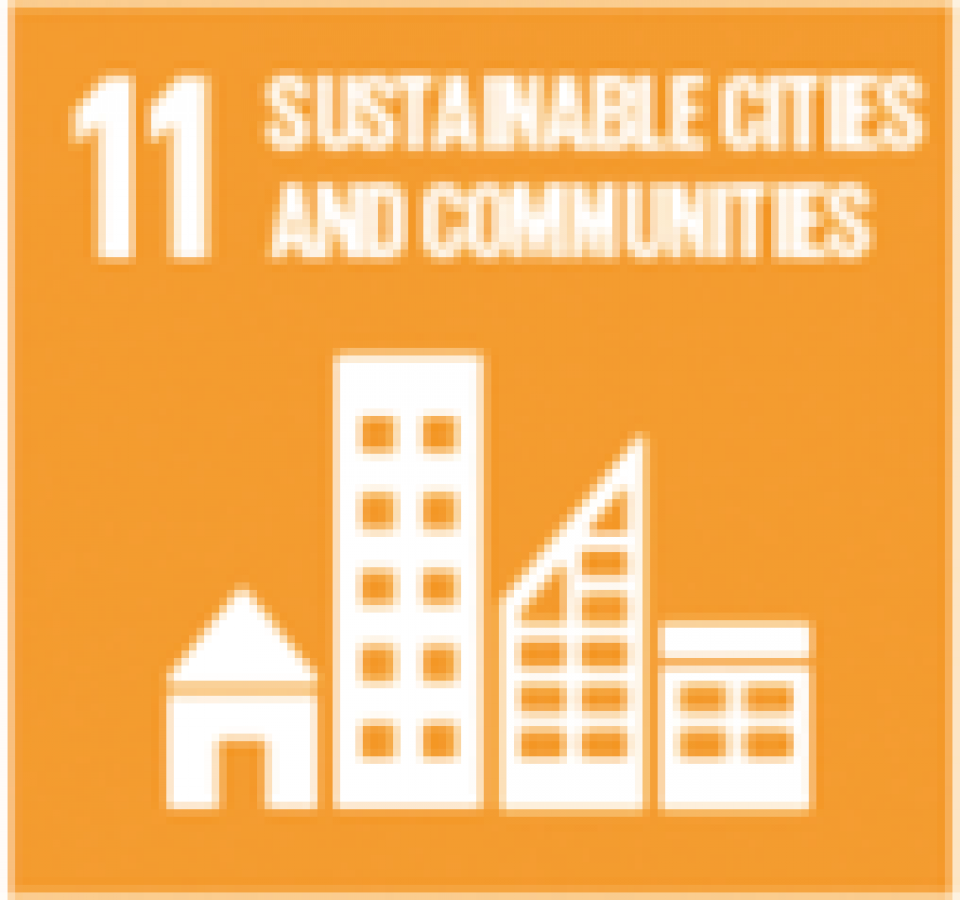
11.3 By 2030, enhance inclusive and sustainable urbanization and capacity for participatory, integrated and sustainable human settlement planning and management in all countries;
11.4 Strengthen efforts to protect and safeguard the world’s cultural and natural heritage;
11.6 By 2030, reduce the adverse per capita environmental impact of cities, including by paying special attention to air quality and municipal and other waste management;
11.7 By 2030, provide universal access to safe, inclusive and accessible, green and public spaces, in particular for women and children, older persons and persons with disabilities;
11.a Support positive economic, social and environmental links between urban, peri-urban and rural areas by strengthening national and regional development planning
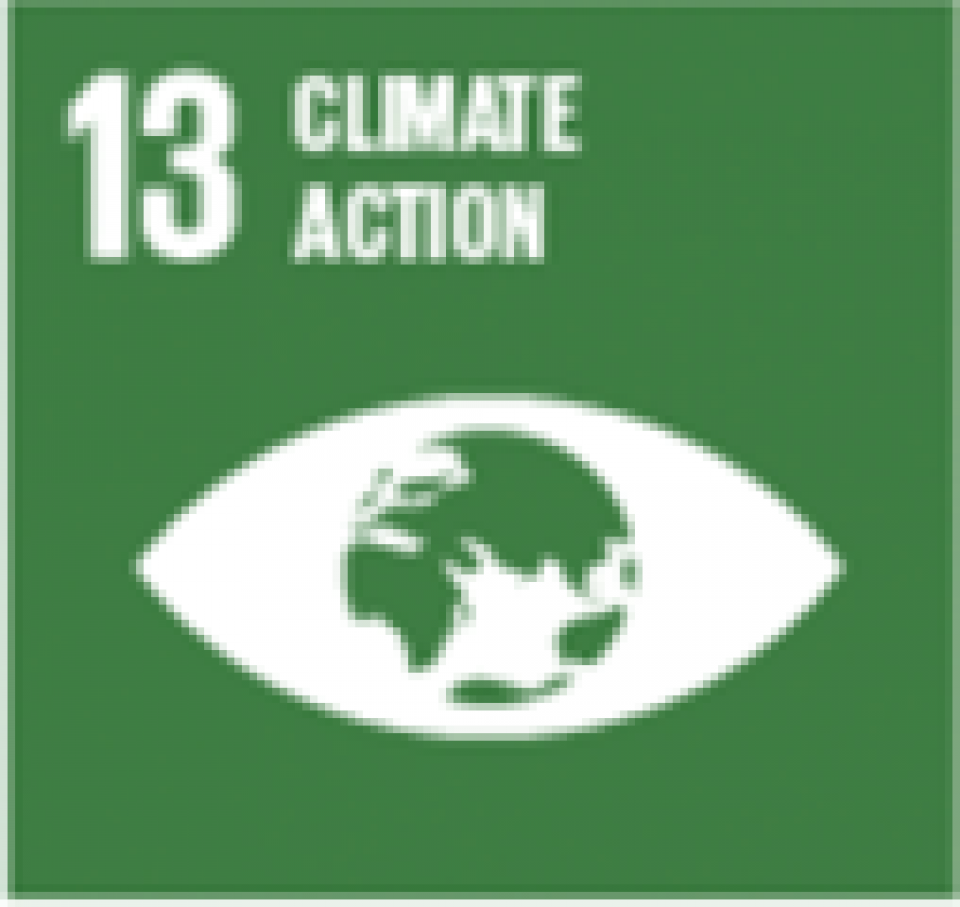
13.1 Strengthen resilience and adaptive capacity to climate-related hazards and natural disasters in all countries;
13.3 Improve education, awareness-raising and human and institutional capacity on climate change mitigation, adaptation, impact reduction and early warning.
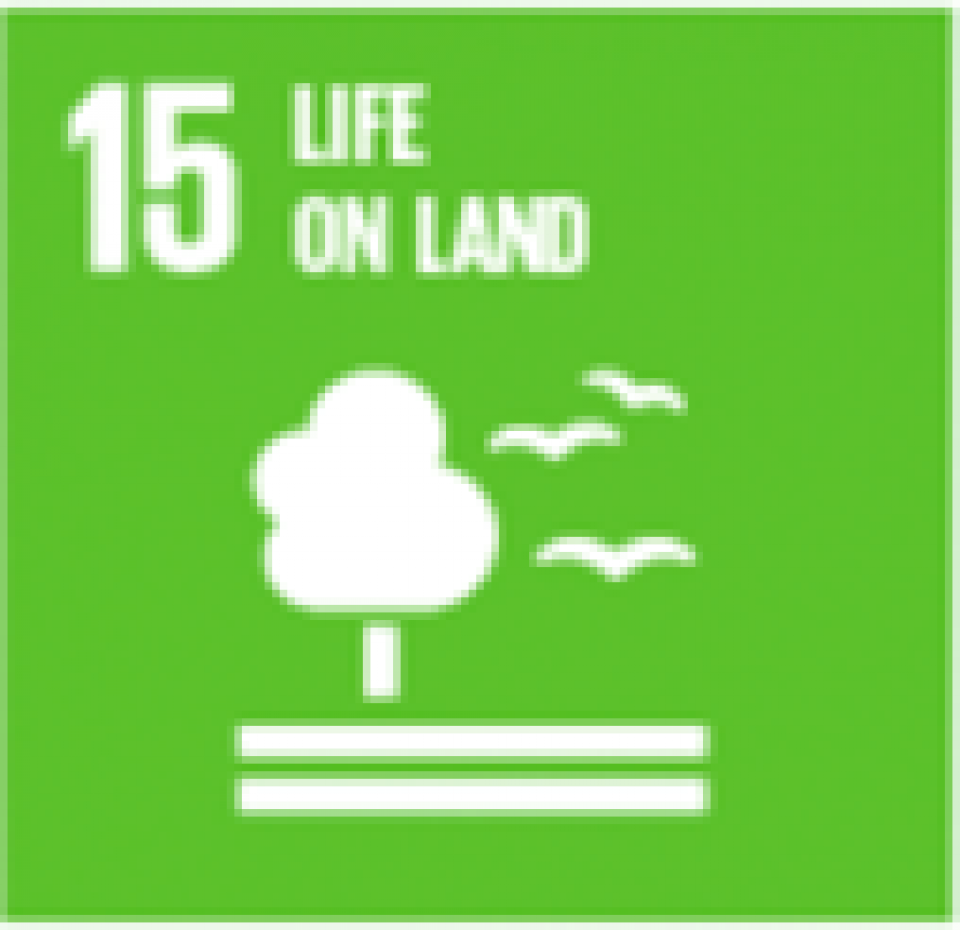
15.1 By 2020, ensure the conservation, restoration and sustainable use of terrestrial and inland freshwater ecosystems and their services, in particular forests, wetlands, mountains and drylands, in line with obligations under international agreements;
15.5 Take urgent and significant action to reduce the degradation of natural habitats, halt the loss of biodiversity and, by 2020, protect and prevent the extinction of threatened species;
15.9 By 2020, integrate ecosystem and biodiversity values into national and local planning, development processes, poverty reduction strategies and accounts.
Other SDGs addressed:
- SDG3
- SDG4 (4.7)
- SDG9 (9.1)
- SDG12 (12.8)
- SDG16 (16.1)
- SDG17 (17.16; 17.17)
Two of the presented five pilots, namely, the Santiago+ Green Infrastructure Plan, at the strategic metropolitan level, and the Programa Quiero Mi Barrio Panamericana Norte, at the neighbourhood level, are currently being monitored through the CONEXUS project.
The key performance indicators selected for measuring success and assessing impacts of the two pilots are derived from the CONEXUS Impact Assessment Framework, building on the European Commission’s NBS Task Force 2 Handbook (2021) ‘Evaluating the impact of Nature-based Solutions: a handbook for practitioners’ and a collaborative selection process with stakeholders of Santiago’s Laboratorio BioUrbano. A participatory approach was used to select pilots’ key performance indicators, which allowed to make monitoring frameworks place-based, tailoring indicators to local challenges, and to validate them with stakeholders from the Life-Lab and respective pilots.
The downloadable fiche includes an overview of the pilots’ selected indicators, linking impacts to the UN Sustainable Development Goals (SDGs), the transformative commitments of the New Urban Agenda (NUA), as well as relevant sustainability policies and programmes at the city level.
